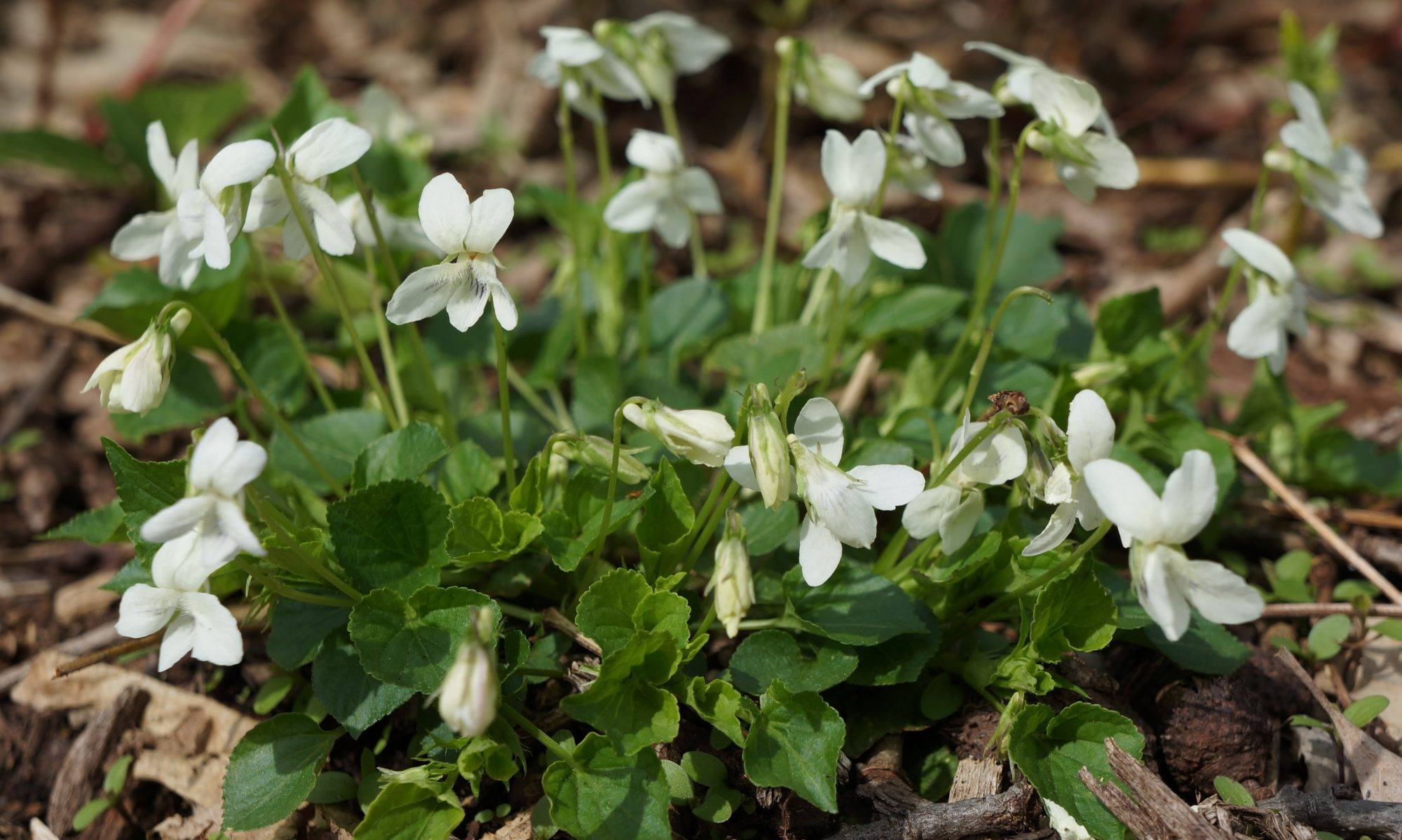Outdoor Plant Guide – Mulch perennial beds once the ground has frozen hard. Apply 2 to 4 inches of shredded bark, composted manure or garden compost, if not done already. Evergreen boughs from seasonal wreaths or small sections of Christmas tree branches may also be used as winter protection on garden beds.
If possible, maintain a supply of water for birds over winter. Small heating coils can be used in stone birdbaths to prevent water from freezing.
Clean and refill feeders. Regular cleaning and rinsing is essential to prevent spread of disease to visiting birds.
Holiday Indoor Plant Guide – Poinsettia plants appreciate bright light away from heating vents, fireplaces, and drafty windows or doors. Maintain even moisture (but never soggy); plants will wilt dramatically if allowed to dry out.
Paperwhite narcissus will require a cage or a ring of raffia tied around them to keep them from flopping as they grow. If purchased as bulbs, grow them in a shallow dish filled with pebbles rather than soil. Arrange the bulbs close together and cover them with pebbles, with just their tips exposed. The weight of the pebbles helps to keep them from falling to the side as they grow. Water just enough to encourage root growth, without soaking the bulbs. Discard after flowering, but rinse and keep the pebbles for future forced bulbs
Pot up new amaryllis bulbs in wide, squat containers using soilless mix. Allow the “shoulders” of the bulb to remain above soil level; water well once and then allow soil to dry out before watering again. Keep the pot away from direct sun, drafts, and heating vents. As the stalk grows, rotate the pot for even growth. Most amaryllis send up the stalk and flowers first. After flowering, allow the stalk to yellow and wither before removing from the bulb. When leaves emerge, continue to water the plant. After May 15, take the plant outside to receive morning sun and fertilize regularly with a dilute 10-10-10 or 15-15-15 mix. Bring the bulb in before October 15 for its resting period.
